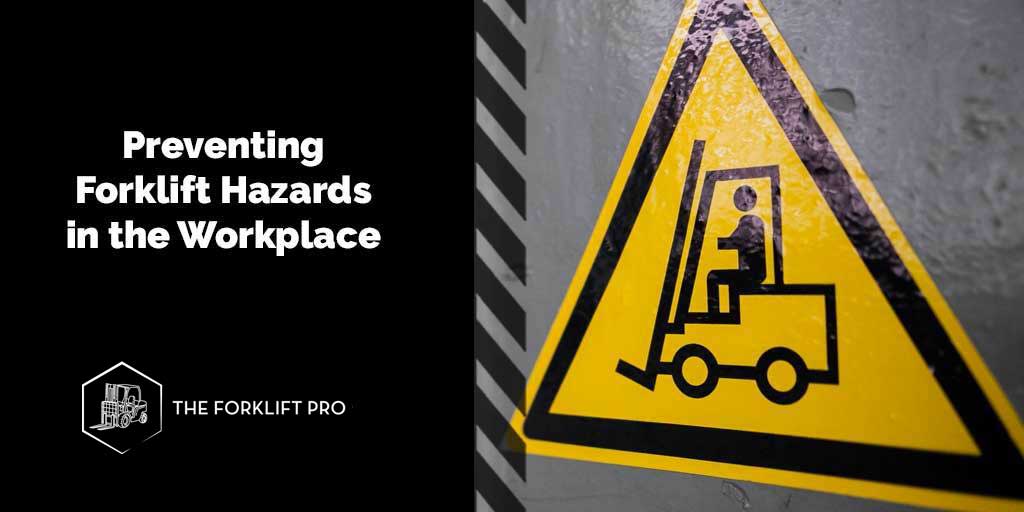Safety is and should always be the top priority when it comes to the operation of forklifts in the workplace. Because of the risks and dangers that forklifts pose, it’s crucial that every step to provide a safe work environment is taken. The Forklift Pro has put together tips to help prevent forklift hazards in the workplace.
Proper Employee Forklift Training
One of the most important ways to prevent forklift hazards and accidents is by making sure forklifts and other material handling equipment is only operated by those who are trained and certified to do so. Forklift operators are required to have a certification and operator’s license before getting behind the wheel of a forklift.
Correct Operating Procedures
When a certified operator is driving a forklift, they should be operating the forklift safely and correctly. This includes:
- Slow speeds to prevent tipping or flipping
- Using signals, lights, and warnings
- Paying close attention to surroundings and pedestrians
- Not surpassing maximum load capacities
Safe Workplace Design
If a forklift is going to be operated within your workplace, like a warehouse or construction area, the area should be clear of hazards. In a warehouse, the aisles should be a safe width for forklifts to move and navigate through. Floor surfaces, conditions, and elevations should be conducive to safe forklift operation.
A workplace should also be a stress-free environment for forklift operators. Operators who feel pressure to meet tight deadlines tend to ignore or bypass safe operating procedures, which leads to more forklift-related accidents.
Maintaining Forklifts and Other Material Handling Equipment
Just like any vehicle, a forklift requires regular maintenance. Forklifts should stay up-to-date with scheduled inspections, oil changes, tire rotations, etc. When something is broken or in need of repair on a forklift, the correct steps should be taken to take the forklift out of operation.
For more tips on forklift safety, visit The Forklift Pro.

